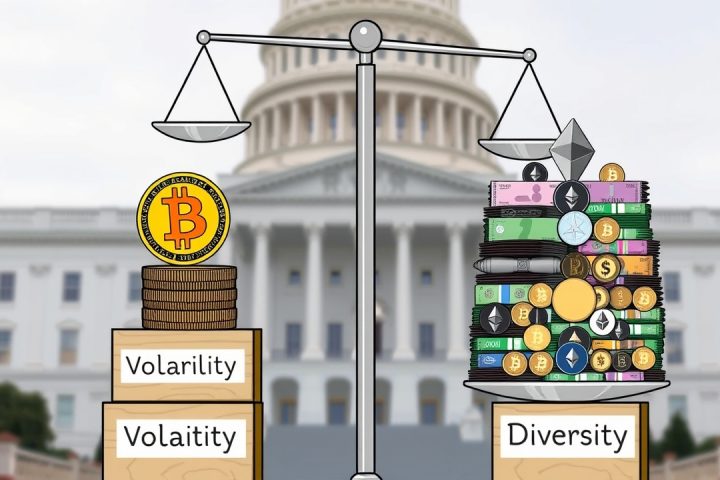Introduction of Indonesia’s National Stablecoin
The central bank of Indonesia, known as Bank Indonesia, is set to introduce its own version of a national stablecoin, which will have backing from government bonds. This initiative, rooted in the concept of a digital currency, will be tied to the digital rupiah, Indonesia’s central bank digital currency (CBDC).
Details from the Fintech Summit
During the Indonesia Digital Finance and Economy Festival and Fintech Summit 2025, held in Jakarta on October 30, Bank Indonesia Governor Perry Warjiyo shared details about the forthcoming digital securities, describing them as Indonesia’s own take on stablecoins, akin to those that mirror the value of U.S government bonds at a 1:1 ratio.
“We will issue Indonesian central bank securities in digital form, a digital currency backed by government bonds, which is Indonesia’s national version of a stablecoin.”
Foundation and Development of the Digital Rupiah
This new financial product will utilize the digital rupiah as its foundation and will be augmented by Indonesia’s government bonds. The initiative can be traced back to efforts the central bank has been undertaking since 2022 to develop the digital rupiah. As of late 2024, Bank Indonesia successfully finished the first phase of this project, referred to as the “Immediate State,” which included proving the concept for a Wholesale Rupiah Digital Cash Ledger.
The central bank’s vision includes integrating this digital currency into the country’s payment systems and financial infrastructure to enhance both local and international transactions.
Strategic Goals and Economic Impact
The launch of the digital rupiah alongside this new stablecoin aligns with Bank Indonesia’s strategic goals aimed at fostering acceptance and innovation in financial systems, bolstering market stability, and strengthening the overall economic structure. Furthermore, this announcement highlights the central bank’s initiative to improve the Indonesian rupiah’s competitive status in the global market, especially following significant fluctuations in its value, which saw the currency drop to Rp16,850 per U.S. dollar in April 2025, marking a historical low.
Regulatory Oversight and Global Context
The Financial Services Authority of Indonesia (OJK) has previously pointed out the rising adoption of stablecoins within the country, recognizing their growing utility and transaction volume. OJK officials, including Dino Milano Siregar, have reaffirmed their commitment to monitoring these digital assets, ensuring compliance with established regulations, and addressing issues like anti-money laundering measures.
Despite Indonesia’s current position in the stablecoin landscape, it should be noted that the country is not alone in its efforts; other nations, particularly in Asia, including Hong Kong and China, have also begun exploring similar currency-backed stablecoin initiatives to challenge the dominance of the U.S dollar in the stablecoin market. Reports indicate Hong Kong is collaborating with the Chinese central government to develop offshore Renminbi-backed stablecoins, while both Hong Kong and China are pushing forward with their respective digital currencies, namely the e-HKD and digital yuan.




